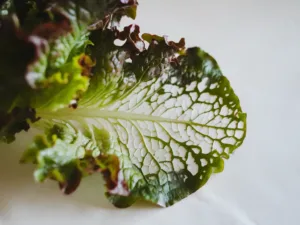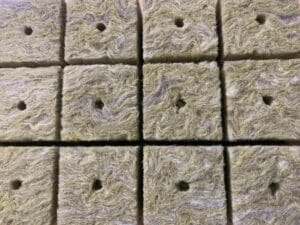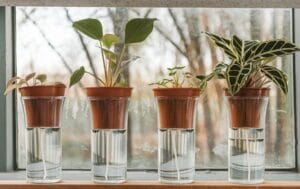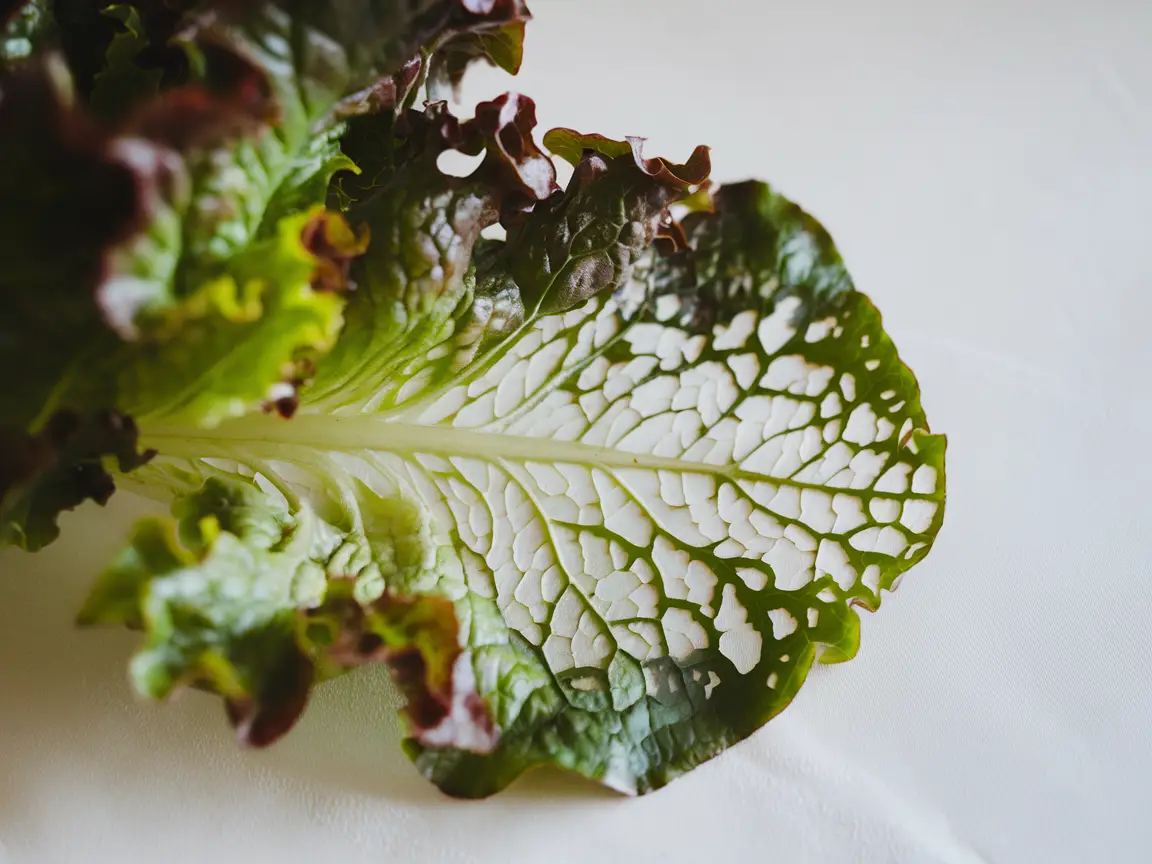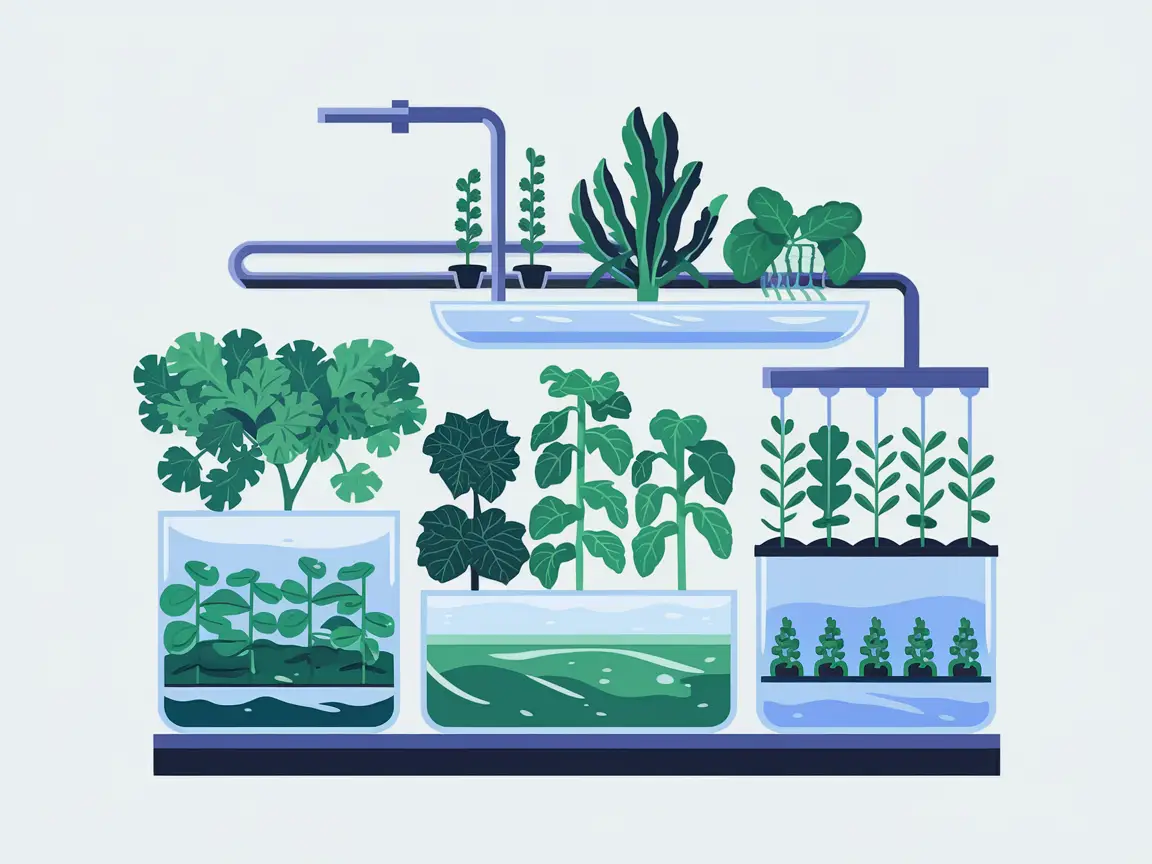Hydroponics is a fascinating method for growing plants without soil. Instead, the roots grow directly in water enriched with a specially formulated fertilizer. This fertilizer – known as hydroponic fertilizer – is crucial for the growth and flourishing of your plants. A good hydroponic fertilizer works almost like magic: your plants grow healthy and strong. But what happens if that’s not the case? Often, it comes down to using the wrong fertilizer.
This comprehensive guide will cover everything you need to know about hydroponic fertilizers. We’ll address four main questions:
- What is a Hydroponic Fertilizer?
- What Types of Hydroponics Fertilizers Are There?
- Which Hydroponics Fertilizer is Best for You?
- How to Use Hydroponics Fertilizer Correctly?
Dive into the world of nutrients and learn how to best care for your plants!
What is a Hydroponics Fertilizer?
A hydroponic fertilizer is specially formulated for water-based growing systems. It provides all essential nutrients that plants need to thrive – without soil. These nutrients are in a water-soluble form, allowing the roots to absorb them directly.
Unlike traditional fertilizers, hydroponic fertilizers allow for precise control over nutrient intake. Even slight changes in nutrient composition can significantly impact the health and growth of your plants. Therefore, it’s essential to choose the right fertilizer and dose it carefully.
Without a suitable hydroponic fertilizer, hydroponic cultivation would not be possible. Alongside water, light, and a proper hydroponic system, fertilizer is the most crucial component, ensuring your plants grow efficiently, quickly, and healthily.
Different Types of Hydroponics Fertilizers
When buying hydroponic fertilizer, you’ll soon find that there are many types. They can generally be divided into three categories: organic or synthetic, single- or multi-part fertilizers, and liquid or dry. Each category has its own advantages and disadvantages. Let’s take a closer look.
1. Organic or Synthetic Fertilizer?
The first decision you’ll need to make is about the nutrient source of the fertilizer: should it be organic or synthetic?
Synthetic fertilizers are made from refined, water-soluble salts designed specifically for plants. These nutrients are immediately available, allowing for quick and efficient growth. Due to their composition, they are suitable for any hydroponic system. A major advantage is their easy dosage, enabling precise control over nutrient intake.
On the other hand, organic fertilizers are made from natural materials such as seaweed, plant extracts, or animal by-products. These fertilizers often require decomposition by microorganisms before nutrients become available to the plants. This makes them less efficient and sometimes harder to control. However, organic fertilizers are more environmentally friendly and are often the preferred choice for those seeking a sustainable growing method.
In summary: Synthetic fertilizers are more efficient and easier to handle, while organic fertilizers are an eco-friendlier but more demanding option.
2. Single-Part or Multi-Part Fertilizer?
The next decision is whether to use a single-part fertilizer or a multi-part system.
Single-part fertilizers are easy to use and ideal for beginners. They contain all necessary nutrients in a single solution, which is sufficient for the vegetative growth of most plants. However, one downside is that liquid all-in-one fertilizers can sometimes experience sedimentation when certain nutrients bind in high concentrations.
Multi-part fertilizers consist of several solutions specifically designed for different phases of plant growth, such as the vegetative, flowering, and fruiting stages. The advantage of these fertilizer systems is that they better cater to the plant’s needs during its growth stages. Additionally, they prevent unwanted chemical reactions between certain minerals, extending the shelf life.
Conclusion: Single-part fertilizers are simple and convenient, while multi-part fertilizers offer better control and flexibility for different growth stages.
3. Liquid or Dry Fertilizer?
The third decision concerns the choice between liquid and dry fertilizer.
Liquid fertilizers are ready to use and easy to measure. They are especially popular among hobby gardeners because of their convenient application. However, they are generally more expensive and can be harder to store.
Dry fertilizers, also known as nutrient salts in powder form, are often more affordable and have lower transport costs, as they contain no water. The challenge lies in their application, as they need to be dissolved in water before use, which may require extra time and care.
In summary: Liquid fertilizers are more convenient but pricier, while dry fertilizers are cheaper but require more effort to use.
Proper Use of Hydroponic Fertilizer: 5 Essential Tips
Here are some practical tips on how to optimize your hydroponic fertilizer use to get the best results from your plants.
1. Choose the Right Fertilizer for Beginners
New to hydroponics? Start with a synthetic single-part fertilizer. It’s easy to handle and yields quick results to help you understand the basics.
2. Monitor the pH Level
The pH level of the nutrient solution affects how well your plants can absorb nutrients. Incorrect pH levels can cause deficiencies and growth problems. Regularly measure the pH level and ensure it’s within the optimal range for your plants.
3. Don’t Forget the EC Level
The EC level (electrical conductivity) indicates the amount of dissolved salts in the nutrient solution. This value helps you monitor and adjust the nutrient concentration to achieve optimal growth.
4. Prepare the Nutrient Solution Carefully
Always use clean water and a clean reservoir. Thoroughly mix the fertilizer with water and let the solution rest for a few minutes. Check the pH level and adjust it if necessary.
5. Fertilizer Storage
Store your fertilizer in a cool, dry, and dark place to maintain its effectiveness. Liquid fertilizers, in particular, should be protected from direct sunlight to maximize their shelf life.
Conclusion
Hydroponic fertilizers are at the heart of any successful hydroponic system. They provide the essential nutrients for healthy plant growth. Whether organic or synthetic, single- or multi-part, liquid or dry – the right fertilizer choice depends on your goals, system, and personal preferences.


